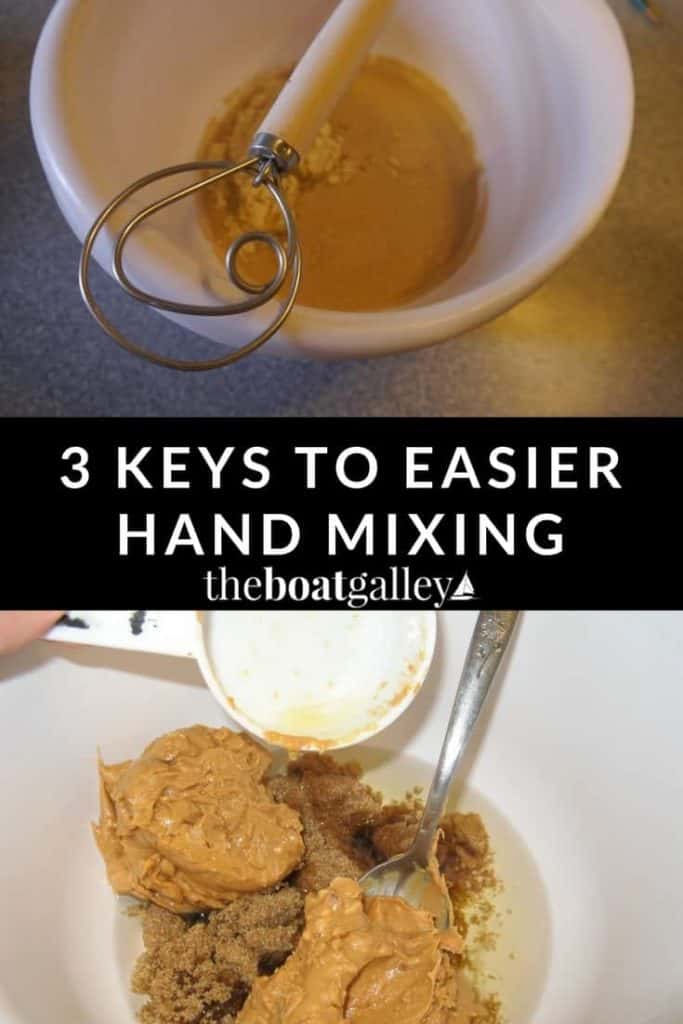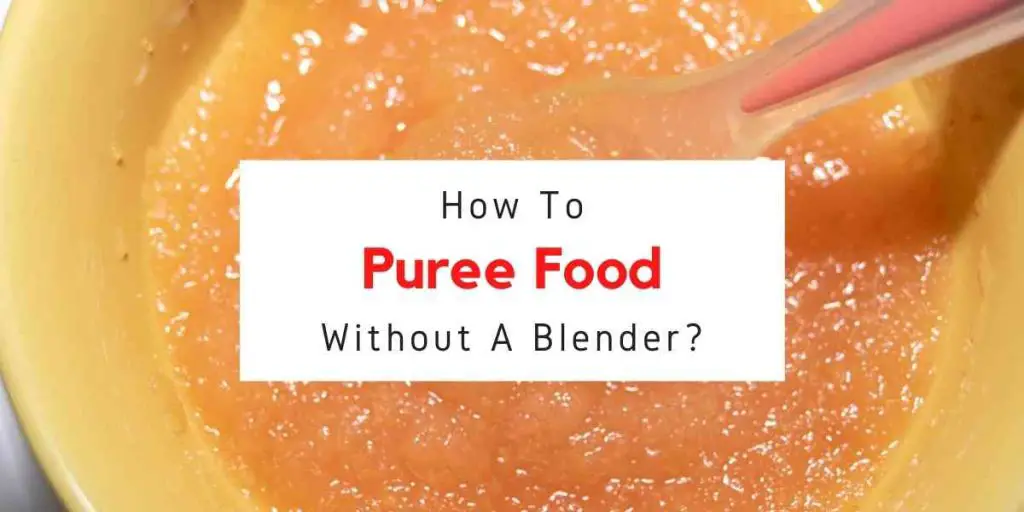

Planetary mixers consist of a bowl and an agitator. Spiral mixers are preferred for thicker products, such as dough for pizza, bagels or naan bread. This allows the dough to be mixed without increasing its temperature, ensuring the dough can rise properly. Spiral mixers can mix dough with less agitator friction than planetary mixers.

This method enables spiral mixers to mix the same size dough batch much quicker and with less under-mixed dough than a similarly powered planetary mixer. A spiral-shaped agitator counter-rotates while the powered bowl spins in the opposite direction. Spiral mixers are specialist tools for mixing dough. Mixers that are 5 gallons (20 L) in size or smaller tend to be counter top mixers, while larger mixers tend to be floor models due to their size and weight. Whether a mixer is a counter top or floor model depends on its size. Heavy duty commercial models can have bowl capacities well in excess of 25 gallons (95 l) and weigh thousands of pounds (kilograms) but more typical home and light commercial models are equipped with bowls of around 1 gallon (4 L). Stand mixers are generally available in either counter top (also called bench) or floor models. A typical home stand mixer will include a wire whisk for whipping creams and egg whites a flat beater for mixing batters and a dough hook for kneading. They generally have a special bowl that is locked in place while the mixer is operating. Stand mixers are larger and have more powerful motors than their hand-held counterparts. Stand mixers mount the motor driving the rotary action in a frame or stand which bears the weight of the device. Variants Eggbeater Ī stand mixer in action on a home tabletop, with a wire whisk attachment

Older models of mixers originally listed each speed by name of operation (ex: Beat-Whip would be high speed if it is a 3-speed mixer) they are now listed by number. In 1919, Hobart introduced the Kitchen Aid Food Preparer (stand mixer) for the home. By 1915, his 20 gallon (80 L) mixer was standard equipment for most large bakeries. His inspiration came from observing a baker mixing bread dough with a metal spoon soon he was toying with a mechanical counterpart. In 1908 Herbert Johnston, an engineer for the Hobart Manufacturing Company, invented an electric standing mixer. Domestic electric mixers were rarely used before the 1920s, when they were adopted more widely for home use. The Hobart KitchenAid and Sunbeam Mixmaster (first produced 1910) were two very early US brands of electric mixer. Patent 330,829 The Hobart Manufacturing Company was an early manufacturer of large commercial mixers, and they say a new model introduced in 1914 played a key role in the mixer part of their business. The first mixer with electric motor is thought to be the one invented by American Rufus Eastman in 1885. Whisking egg whites with a handheld electric mixer


 0 kommentar(er)
0 kommentar(er)
